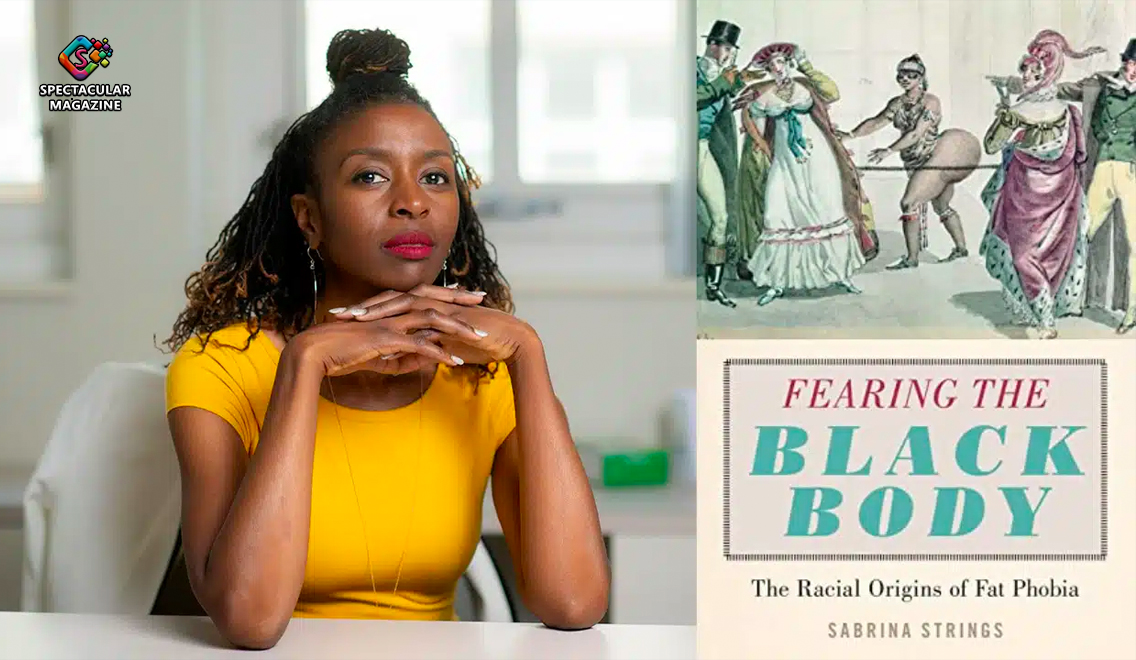Ozempic-Fueled Resurgence Of Ultra-Thin Body Ideals Is Rooted In Anti-Blackness
The resurgence of ultra-thin body ideals, fueled in part by the rise of drugs like Ozempic, is rooted in the same societal structures that have long marginalized non-white body types, particularly Black bodies. When speculation arose that the Kardashian-Jenner family was removing their iconic butt implants, it marked more than just a shift in celebrity beauty trends—it signaled a broader cultural re-embrace of “Heroin Chic” and thinness as the prevailing beauty standard. This shift raises concerns about the glamorization of unhealthy body ideals, such as eating disorders and body dysmorphia, but its more profound implications lie in its connection to anti-Blackness.
Sabrina Strings, in her book “Fearing the Black Body: The Racial Origins of Fat Phobia,” outlines how the societal obsession with thinness has historical roots in racism. The desire for thinness has long been tied to whiteness, with thin bodies idealized as symbols of purity and refinement. Strings notes that during the Renaissance, thinness and certain facial features like pointed noses were considered the height of beauty, which served to degrade African features and larger body types, reinforcing the supremacy of white aesthetics.
@kendramorous how is fatphobia a white supremacist construct? #plussizeedition #fatpositive #bodypositiviy #fyp #greenscreen ♬ original sound – kendra austin ✨
 This narrative persists today. While the early 2000s saw the rise of curvier figures and “BBL” (Brazilian butt lift) bodies popularized by figures like the Kardashians, the pendulum is swinging back toward thinness, with people lauding the return of “Victoria’s Secret models” and slim “pilates” bodies. The backlash against curvier body types reflects a reassertion of white beauty standards at the expense of Black and Brown bodies, which are often associated with larger, more voluptuous figures.
This narrative persists today. While the early 2000s saw the rise of curvier figures and “BBL” (Brazilian butt lift) bodies popularized by figures like the Kardashians, the pendulum is swinging back toward thinness, with people lauding the return of “Victoria’s Secret models” and slim “pilates” bodies. The backlash against curvier body types reflects a reassertion of white beauty standards at the expense of Black and Brown bodies, which are often associated with larger, more voluptuous figures.
In this context, the return of ultra-thin ideals isn’t just a fashion trend—it reinforces long-standing systems of white supremacy in body politics. By elevating thinness and disparaging curvier figures, society continues to perpetuate harmful racialized beauty standards, which have roots in colonialism, slavery, and the ongoing marginalization of Black bodies. This resurgence serves as a reminder that the politics of beauty remain entangled with the politics of race, shaping how bodies are perceived and valued in ways that continue to marginalize those who don’t fit into the narrow confines of Eurocentric ideals.


